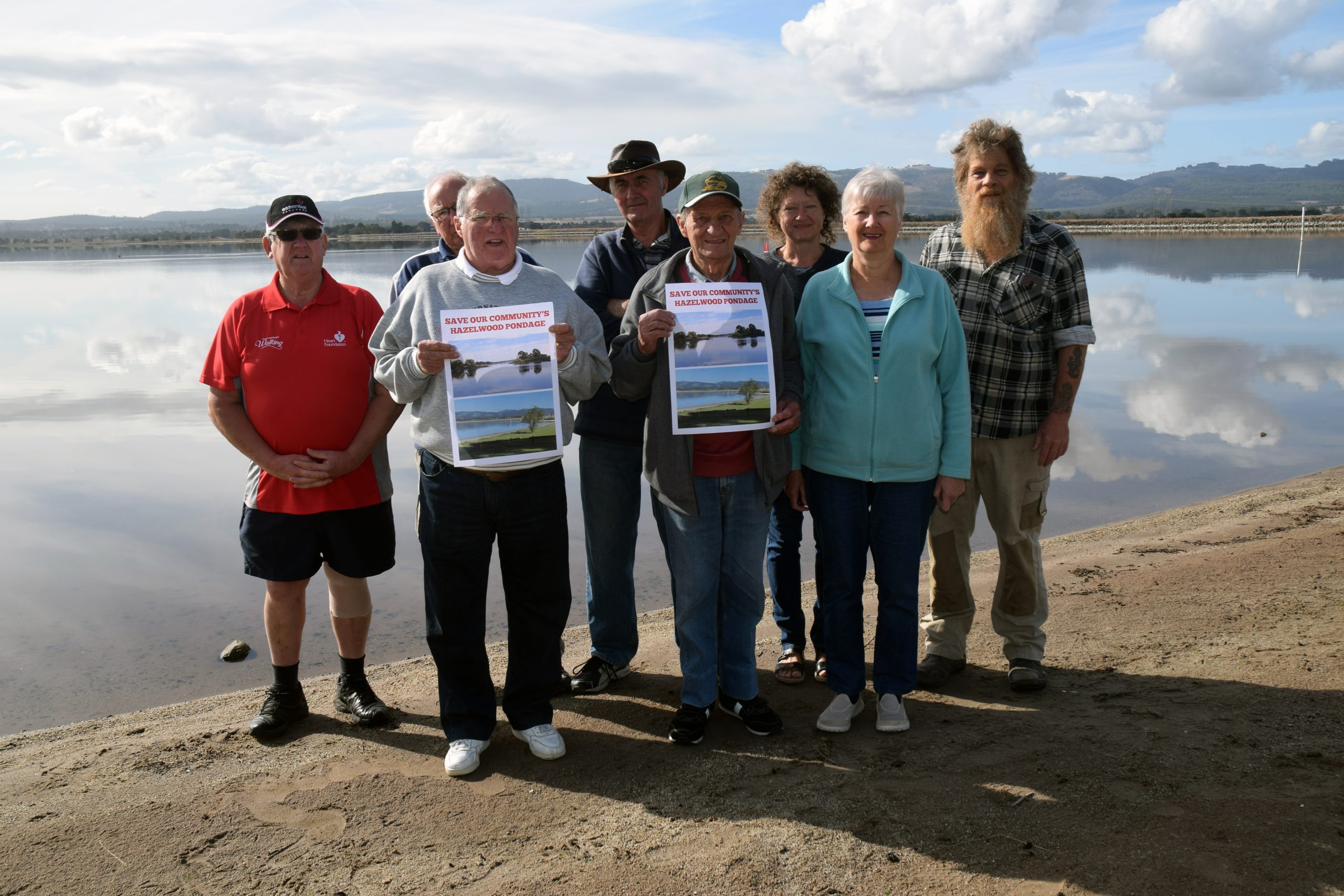By PHILIP HOPKINS
THE state government has fast-tracked approval of a 300-megawatt battery energy storage system (BESS) in Hazelwood as AGL warned that hundreds of jobs will go as the company funds its multi-million transition away from coal.
The government’s go-ahead for the Hazelwood battery was made through the Development Facilitation Program, which took away the right of third parties (DFP) to appeal against decisions and centralised power in the hands of the Minister.
As part of the fast-tracked package, the government also approved a $750 million, 332MW solar farm in Meadow Creek near Wangaratta.
Eku Energy’s 300MW BESS in Hazelwood will have the capacity to power 104,000 homes during times of high demand and create 150 jobs during construction, with five ongoing once operational, the government says.
The Minister for Planning Sonya Kilkenny, said since the DFP was expanded to include renewable energy projects last year, the government had invested more than $7.8 billion worth in 22 projects that will create more than 3000 new jobs in construction and operations.
“Our fast-tracked pathway has unlocked nearly $8 billion worth of investment into renewable energy projects – helping provide cheaper and cleaner energy,” she said.
The government says proponents for both projects were required to undertake consultation with the community and relevant government agencies including the Country Fire Authority, Agriculture Victoria, DEECA and local water authorities.
Once completed, these 22 projects at full capacity will collectively generate enough power for more than 700,000 households annually, the government says, with the battery storage capable of meeting evening peak demand for 1.8 million households.
However, AGL has begun consultations with staff ahead of planned cuts designed to contain costs and free up capital for a surge in investment in renewable energy and battery storage, The Australian reported on the weekend.
While AGL has not confirmed the total number of positions to go, The Australian understands early estimates put the figure at up to 300.
The reductions form part of a broader review of the company’s operations as it seeks to streamline internal processes and prepare for the sharp rise in capital expenditure.
AGL aims to retire its ageing coal-fired power stations and replace them with low-emissions assets including large-scale solar, wind and battery projects.
The company plans to spend up to $20bn by 2035 to build about 12 gigawatts of new generation and storage capacity – a goal that will demand tight cost control at a time when profit margins are already under pressure, The Australian said.
In August, AGL reaffirmed its intention to exit coal by the mid-2030s.
Loy Yang A power station is scheduled to close in 2035, after an earlier closure of 2045 was stymied by high tech rich lister, Mike Cannon-Brookes, AGL’s biggest shareholder.
Mr Cannon-Brookes remains committed to faster emissions reduction, but other investors have urged management to maintain capital discipline and protect dividends.
An AGL spokesman confirmed to The Australian the plan to cull its workforce.
“As we transition our portfolio and connect our customers to a sustainable future, we need to ensure that today’s business remains productive and competitive in this changing market while we continue to invest in our business for tomorrow,” the spokesman said.
“As part of this focus, we’re proposing changes to our organisational structure and reviewing both labour and non-labour costs to improve productivity and embed cost discipline across the enterprise.
“We understand this may be a difficult time for our people and we’re committed to communicating with transparency and respect and providing support throughout the consultation process.”
The company also announced an upgraded transition target, committing to deliver 6GW of renewable and storage assets by 2030, up from its previous goal of 5GW. That includes 3GW of new battery capacity, which AGL says will underpin grid reliability as coal stations are phased out.
AGL is expected to conclude consultations in the coming weeks, with final decisions on affected roles due before the year’s end.
Grahame Kelly, general secretary of the Miners and Energy Union, described the prospect of job losses before Christmas as a “kick in the guts”.
“Coal-fired power station workers around the country are already facing stress and uncertainty with moving timelines for closures,” Mr Kelly said.
“With a framework for worker transition support now in place through the federal government’s Net Zero Economy Authority, we are very concerned about energy companies fast-tracking job cuts to avoid potential retraining and redeployment obligations in future.”
His comments follow those of the Latrobe Valley’s Mining Energy Union, which has warned that renewables will never replace the jobs lost in the Valley’s coal-fired power stations and that the Gippsland offshore wind industry will not be ready to operate when Yallourn power station closes in 2028.
The union’s President, Andy Smith, speaking at the recent Gippsland New Energy Conference in Traralgon, slammed the state government’s inaction in the Latrobe Valley, but emphasised he was not against renewables.
Mr Smith said not one offshore wind company with a licence has an operations date slated before 2032.
“You can do a six-months course, but you will be waiting until 2032-33 before you can actually work in it,” he said.
“I’m a firm believer in renewables, they are part of the future, but they are not the future right now. On top of that, the number of jobs involved in renewables is low, to put it bluntly.”











